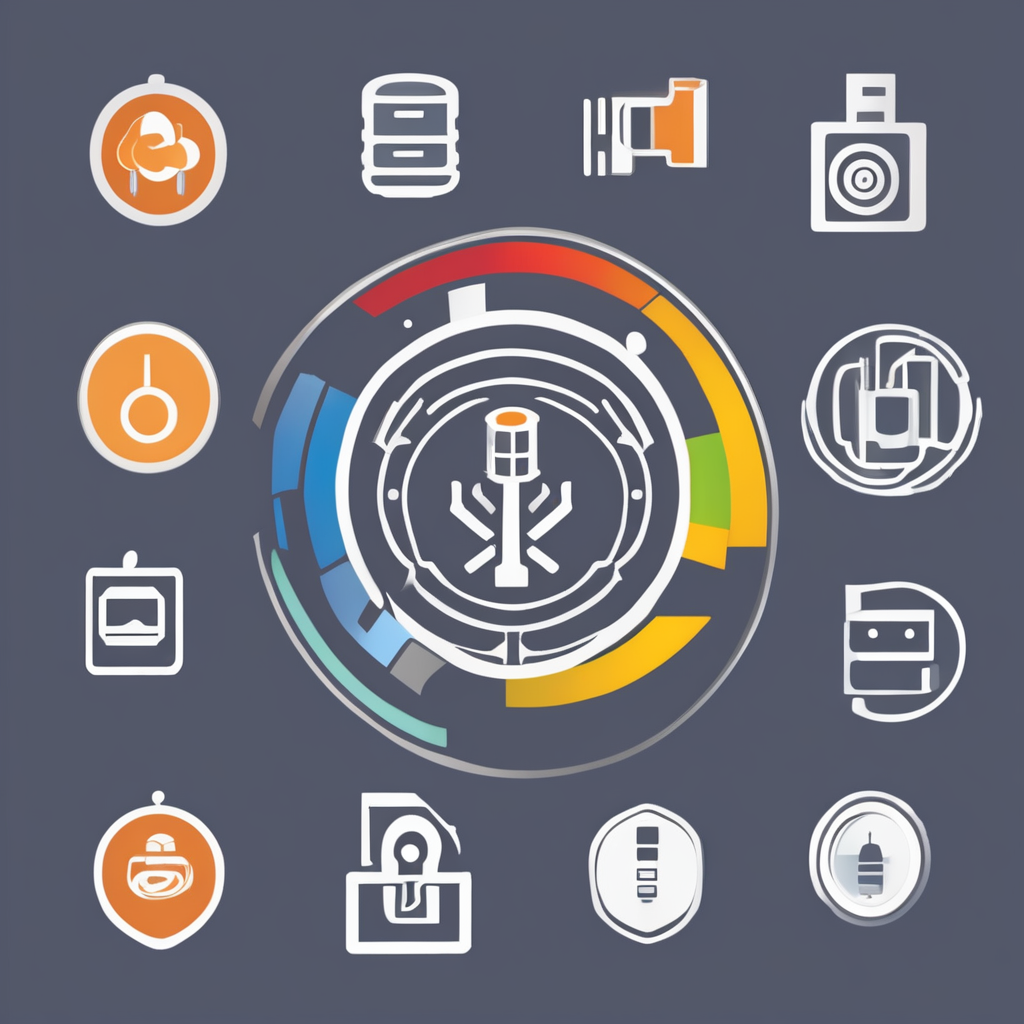Effective Product Lifecycle Management (PLM) software streamlines development, fosters collaboration, and centralizes product data. Choosing the right tool reduces version errors and duplicated efforts while improving workflows across teams. This guide highlights leading PLM platforms, comparing features, usability, and integration to help businesses select solutions that drive growth through smarter, faster product management.
Analyzing the Role and Benefits of Product Lifecycle Management Software
Harnessing Product Lifecycle Management Software for Business Growth streamlines product development, centralizes data, and enhances cross-functional collaboration. More information available here. This software automates key processes such as design, change management, and compliance tracking, reducing errors and accelerating time-to-market.
This might interest you : What role does AI play in the UK’s high-tech computing landscape?
Its core benefits include improved efficiency, better resource utilization, and comprehensive visibility. By connecting design, manufacturing, and supply chain teams through integrated platforms like Windchill, Teamcenter, and ENOVIA, organizations foster innovation and reduce risks.
Additionally, PLM supports sustainable practices by enabling tracking of environmental impacts during product development. The ability to incorporate real-time analytics and digital twins further boosts decision-making capabilities.
In the same genre : Discover free notion templates to boost your productivity
Adopting PLM systems ensures products adhere to global regulations, while facilitating rapid adaptation to market changes. Effective implementation relies on choosing solutions tailored to industry and size, with scalable options for future growth.
Key Features and Industry Applications of Leading PLM Solutions
Core Features of Top PLM Platforms
PLM software features create the backbone for efficient product lifecycle management. Resource management ensures the optimal allocation of assets and expertise, while product data centralization keeps information consistent and accessible. Change management and collaboration tools streamline communication, reducing delays and human errors. Leading systems focus on best PLM solutions that support integration with CAD, ERP, and PDM platforms—key for seamless engineering and business operations.
Advanced platforms provide analytics dashboards for real-time insights, lifecycle automation to standardize repetitive tasks, and compliance tracking to meet regulatory obligations. These sector-specific PLM solutions guarantee manufacturers, MedTech innovators, and electronics producers maintain control over every product detail across distributed teams.
Industry-Specific PLM Applications and Use Cases
Adopting sector-specific PLM solutions allows companies in fields like aerospace, industrial machinery, and MedTech to tackle unique challenges—whether that’s complex regulation, global supply chain management, or rapid iteration demands. These organizations rely on specialized PLM software features to handle documentation, ensure audit trails, and enhance cross-functional collaboration. The best PLM solutions demonstrate tangible benefits, from improved speed to market to reduced compliance risks.
Comparing Top-Rated PLM Tools: Functionalities, Pricing, and Implementation Strategies
Overview of Prominent PLM Platforms
Evaluating the best PLM solutions requires a consideration of core plm software features, integration capabilities, and pricing. Wrike stands out with dashboards and visualizations, supporting agile product development management through seamless integration with over 400 apps—its plans begin at $9/user/month. Jira Service Management specializes in product version control systems and change request workflows, priced from $21/agent/month, with particular benefits for software teams managing incidents and releases.
QA Wolf and New Relic contribute by delivering real-time product status monitoring and lifecycle analytics through QA automation and application analytics—key for continuous product lifecycle optimization. ProdPad offers specialized managing product requirements and roadmap tools ($25/user/month), while OpenBOM is notable for collaborative BOM management and free PLM software options for small teams, scaling to advanced features for $75/seat/month.
Sector-specific PLM solutions like Surefront, Bamboo Rose, and Centric Retail PLM are tailored to supply chain collaboration and cross-functional team collaboration, helping complex enterprises streamline processes and improve product lifecycle compliance tracking.
Implementation Strategies and Considerations
PLM implementation strategies focus heavily on usability, efficient integration with existing product data management software, and scope for customization. Executive backing, structured user training for PLM software, and robust change management are essential for realizing ROI. Balancing agile product lifecycle management with accessible user experiences and adaptable pricing models ensures success across diverse industries.








